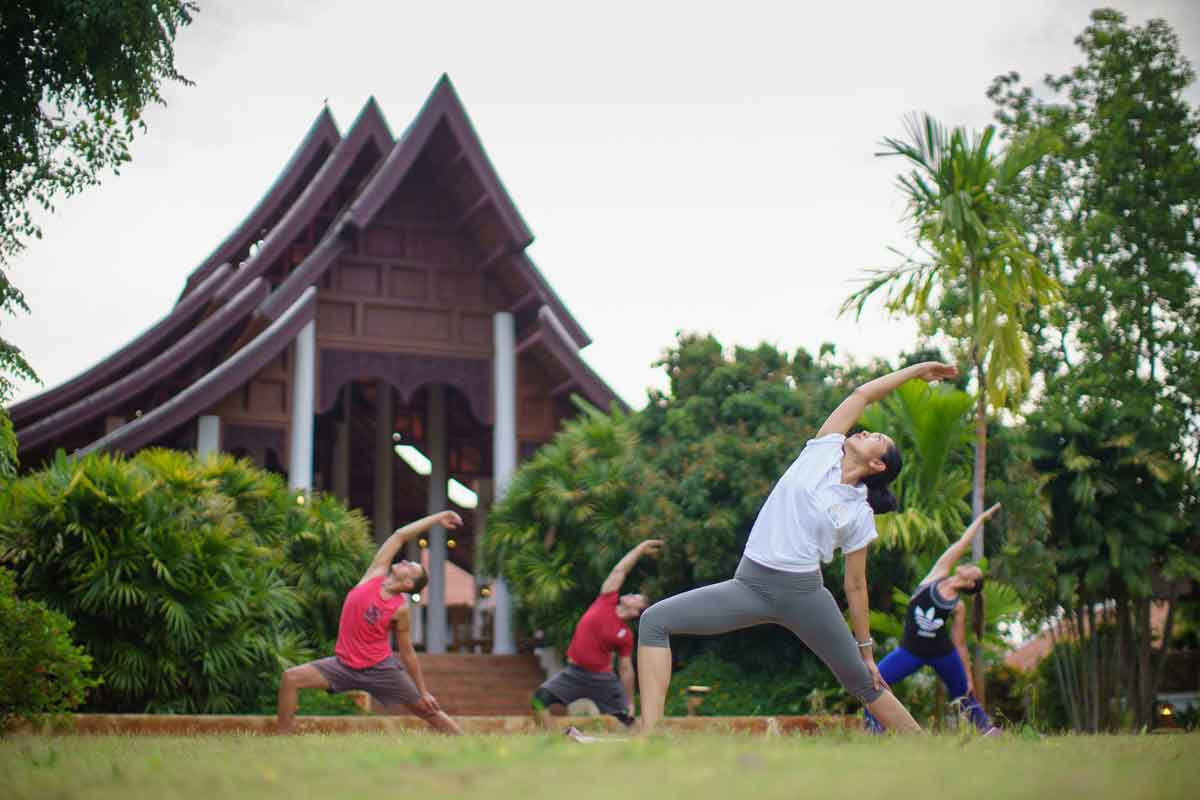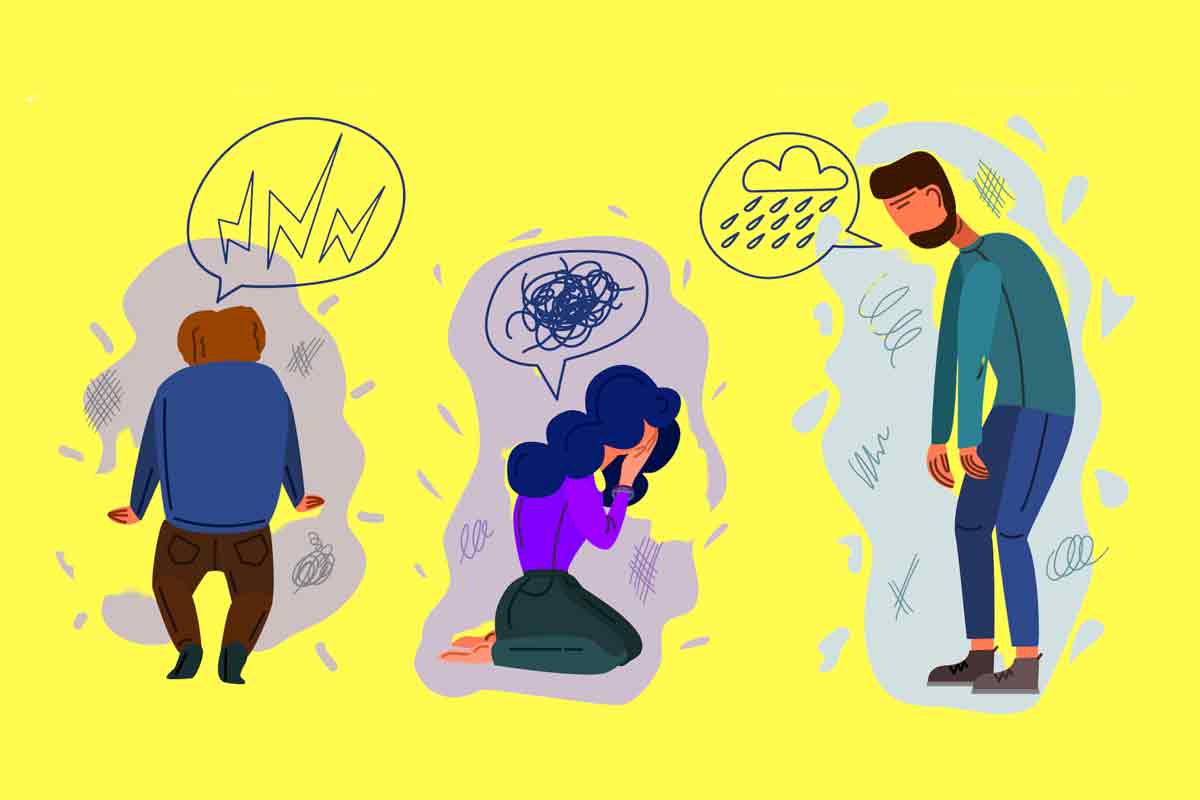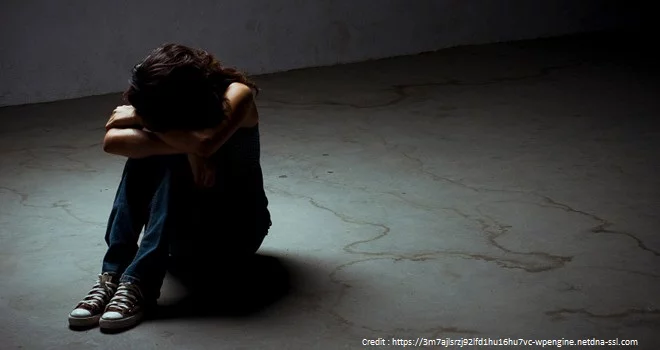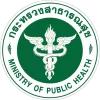The power of trauma and its impact on how we remember an event can set off a long cycle of recurring and disturbing flashbacks. Understanding what they are, and how to link the mind back to the present moment, is critical in coping.
If you have survived a trauma, you know that even simple things can bring that experience rushing back – a smell, a sound, a place, a person’s name – all of these can trigger a terrifying flashback, forcing you to relive your trauma over and over again. You may wonder if life will ever be the same, and if you can ever go out without fearing the sudden return of that painful memory. Knowing how to manage and cope with trauma-related flashbacks is critical in aiding recovery from trauma and minimising the stress caused by them.
Understanding the Science Behind Flashbacks
Flashbacks occur because of the way memories are encoded during a traumatic experience. While the way we remember things is a complex process that involves many parts of the brain, two of the most significant parts responsible for memory are the hippocampus, which catalogs factual details about an event, and the amygdala, which remembers the emotions associated with that occurrence.
When we go through a normal life event, the parts of the brain work together to develop a cohesive, coordinated memory that we can consciously recall. However, if a person experiences a trauma, the “fight-or-flight” response is activated and our brain becomes completely focused on surviving the danger at hand. This overstimulates the amygdala and suppresses the hippocampus, resulting in a strong, negative emotional reaction, but a jumbled, unclear recollection of events.
The lack of a clear memory results in the brain attempting to avoid future trauma by using the vague pieces of the event – like sights, smells or sounds – as warning signs, which then provoke the fight-or-flight response. Because the factual context of the memory wasn’t properly stored, there is nothing from the hippocampus to tell the amygdala that there is no cause for alarm, which is why non-dangerous situations with even just one similarity to the traumatic event can trigger a flashback.
Coping with Flashbacks
Understanding why flashbacks happen is an important component of knowing how to manage and cope with them. Key targets of coping mechanisms for flashbacks are therefore:
- Identifying the response as a flashback,
- Calming the fight-or-flight response,
- Helping the brain recognise that it is not in danger
Below are a few techniques that can help you work towards these targets and bring your mind back to the present:
Ground Yourself
During a flashback your mind rushes back to the traumatic event, making you relive it even in a completely non-threatening environment. Bringing yourself back into the current moment is a fundamental step towards managing a flashback. One way to do this is by engaging your senses with the sights, smells, tastes and feelings of the present. For example, you might pop a mint or sour candy into your mouth, or start mentally naming objects around you.
Some people pick a particular object to hold onto in order to signal to the brain that what is happening is a flashback, not an actual dangerous situation. These objects, sometimes known as “anchors,” can carry emotional significance or be of a specific texture or smell to stimulate the senses and act as an alert to the brain that you are currently in a safe space. The object should be small enough that it can be with you at all times. Grounding objects may be things like:
- a rock or crystal
- a photo
- a piece of cloth
- a piece of jewelry
- a small bottle of scented lotion or oil
Practice Relaxation Breathing
The fight-or-flight response immediately activates a range of physical symptoms of stress, including shallow, rapid breathing, an elevated, pounding heart rate, shaking, and sweating. Therefore, another way to manage flashbacks is by taking immediate and conscious control of your breathing, which counteracts the fight-or-flight response.
An easy way to shift into relaxation breathing is to inhale into your belly for four seconds, then exhale slowly for four seconds. You’ll want to aim to make your breathing a smooth flow, without holding your breath at any point during the cycle. Practicing this when you are not experiencing a flashback can also help you ease into this naturally when you feel one coming on.
Establish a Mantra
It is important to consciously acknowledge that what you are experiencing is a flashback, you are not in danger, and you are in a safe place. One way to do this is by choosing a brief statement or mantra to repeat to yourself that reminds you of these things. This can be something as simple as:
- “I’m here and I’m safe”
- “These are memories, they cannot hurt me.”
- “The danger is over, I made it.”
- “This will pass. I am okay.”
- “This is a flashback. I have the power to manage it.”
If you find it difficult to recall these mantras in the middle of a flashback, try writing them down on a piece of paper and keeping them with you to refer to when needed.
Move Your Body
The fight-or-flight response often results in our body tensing up or freezing, so to counteract this try to move your body in a way that is relaxing. Doing some simple stretches can help move the stress out of your muscles and reorient you to the present moment.
You may also want to try consciously tightening and then relaxing parts of your body, starting with your toes and moving up through your body. This brings your mind back to your physical self and helps to alleviate the fight-or-flight response.
Targeted Therapy for Tackling Flashbacks
Having professional support to lean on when navigating flashbacks and the lingering effects of trauma is essential to the healing process. Trauma therapists have many tools for helping you manage and cope with flashbacks, including:
Trauma-Focused CBT
Trauma-focused CBT is a type of cognitive behavioural therapy that addresses the specific mental and emotional needs of trauma survivors who are struggling to overcome the damaging effects of past traumatic events.
EMDR (Eye Movement Desensitisation and Reprocessing)
EMDR is a type of psychotherapy that processes a past traumatic event through the practice of specific eye movements, which helps rebuild positive pathways within the mind and results in stronger coping mechanisms that can shield an individual from negative thought patterns, including flashbacks.
Tension and trauma-releasing exercises
These basic exercises are designed to help relieve tension and release stress stored in the body, decreasing the intensity of trauma-related symptoms. TRE can also be used during a flashback to counteract the fight-or-flight response and bring the mind back into the body.
Healing from Trauma at The Dawn

The Dawn Wellness Centre and Rehab in Thailand is a residential mental health treatment center with internationally accredited mental health and addiction treatment programming, including a highly specialised and effective Trauma Treatment Programme. This programme is targeted to clients experiencing issues with their mental health due to a traumatic or distressing experience they either witnessed or were directly involved in.
Our team at The Dawn is fully equipped to help you understand, manage, and recover from trauma and flashbacks. We limit our client numbers to no more than 35 at a time, creating a safe, welcoming environment where personalised treatment isn’t simply possible – it’s the norm.
If you’re struggling with flashbacks and lingering trauma, call The Dawn today to learn more about how we can help you heal and reclaim your life.
Related Posts
 Triggered: Understanding Trauma Triggers and How to Manage Them
Your heart is racing, your palms are sweating and your thoughts are in an anxious jumble – you’ve just been triggered. Preparing for triggers, and having an array of techniques...
Triggered: Understanding Trauma Triggers and How to Manage Them
Your heart is racing, your palms are sweating and your thoughts are in an anxious jumble – you’ve just been triggered. Preparing for triggers, and having an array of techniques...
 Trauma and the Fawning Response: The Dark Side of People-Pleasing
If you feel like you are always last on your list, you may be acting in response to internalised trauma. Here’s what you should know about fawning. You have noticed...
Trauma and the Fawning Response: The Dark Side of People-Pleasing
If you feel like you are always last on your list, you may be acting in response to internalised trauma. Here’s what you should know about fawning. You have noticed...
 Trauma-Focused Cognitive Behavioural Therapy – An Effective Method of Overcoming Trauma
Traumatic life events can have a severe impact on anyone who goes through them. However, children and adolescents are especially vulnerable to the effects of trauma. It can quickly take...
Trauma-Focused Cognitive Behavioural Therapy – An Effective Method of Overcoming Trauma
Traumatic life events can have a severe impact on anyone who goes through them. However, children and adolescents are especially vulnerable to the effects of trauma. It can quickly take...
 Trauma Therapy – How to Overcome a Painful Past and Create a Better Future
Many people who seek trauma therapy suffer consequences of one or more traumatic events in their life. Even though many find ways to process trauma effectively and eventually resolve their...
Trauma Therapy – How to Overcome a Painful Past and Create a Better Future
Many people who seek trauma therapy suffer consequences of one or more traumatic events in their life. Even though many find ways to process trauma effectively and eventually resolve their...





